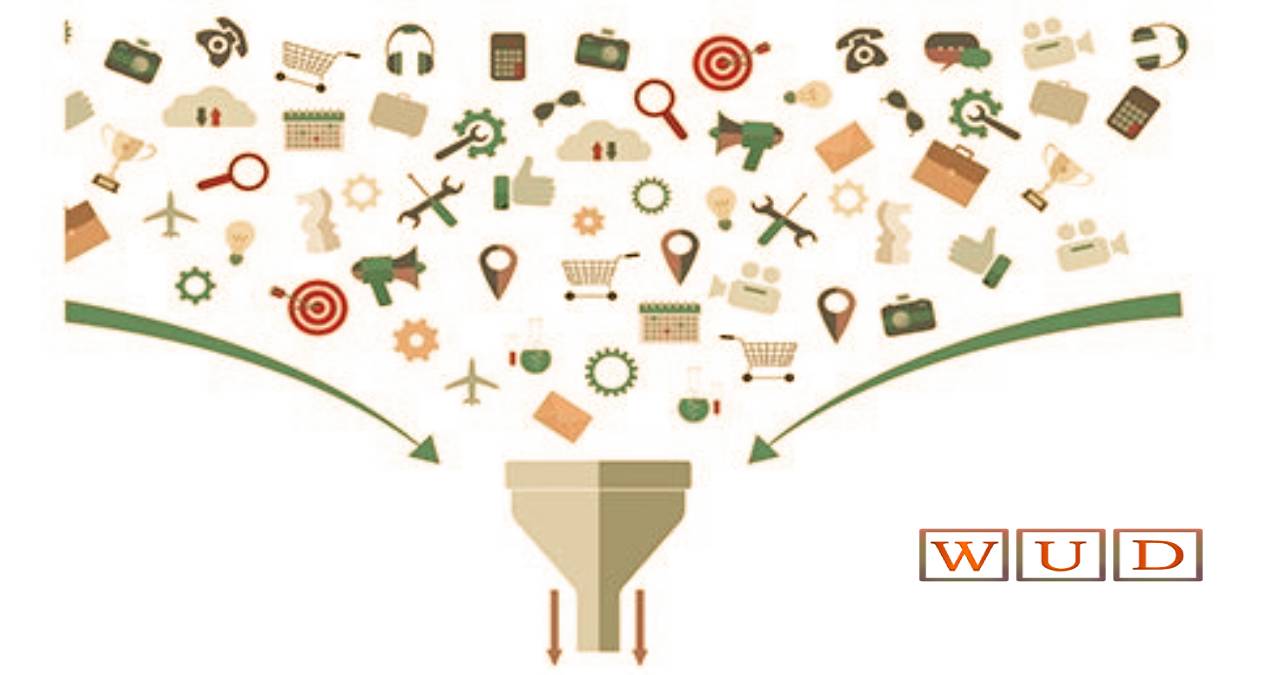The Effects of Big Data and Technology on the Farming Industry

The agricultural sector is continuously growing and becoming more modernized. A few years ago, no one would have thought about utilizing technology or data to improve farming, but now, big data is showing many beneficial effects in this field.
Big data is not a new name in analytics as it is one of the channels for daily business decisions, especially in companies with access to enough data. Tech-savvy farmers now utilize all available resources to ensure that they stay on top of the food supply chain.
Table of Contents
What is Big Data?
Big data refers to a large volume of structured and unstructured data that affects a business’s operations daily. Proper utilization of big data enables:
- Time management
- Innovation
- Smart decision processes
- Cost management
Using big data involves several processes that are not complex but produce magnificent results. In big data, the size of the data does not matter as much as its use.”
The Effects of Big Data on the Farming Industry
The farming industry is one that plays a considerable role in our nourishment as humans since they supply a bulk of our foods or the raw materials for them. Most of the effects of big data on farming tend towards improvement by adopting new beneficial practices and dropping old unhelpful ones.
Data Analysis To Improve Crop Management
Long ago, farmers would depend on each other to determine which plant will fare better in each season. While that practice was helpful, it has some flaws as humans cannot correctly predict all the factors to affect plant growth.
Now, farmers use technologies that are similar to bioprospecting to study plant biomolecular structures, which allow professionals and biochemists to grow multiple variants of a plant.
Also Read: Top Trends in Big Data for 2020
Information Analytics for Better Risk Assessments
With better information from big data and the technologies, farmers are more aware of risks. One of the leading agricultural technologies for risk assessment is AgroTools—a Brazilian company that is a Google Cloud forum client. One of the specialties of this company is to run checks daily on large plots of land to confirm the credibility of the raw materials supply chain.
AgroTools has a vast data collection that is rapidly multiplying since they have resources like the Internet of Things (IoT) and drones, and based on this massive data collection, Google Cloud is their best data storage option.
IoT Sensors Transforming Livestock Care
Before the adoption of big data and technology, farmers could have a large population of their livestock ill—from contact with patient x (the original carrier of the disease) before they notice. This setback caused the loss of numerous animals in the past because of disease progression and a lack of sufficient resources to treat many sick animals.
IoT sensors can gather massive data from numerous animals across vast hectares of land to help livestock farmers. They can transmit data like:
- Fertility period
- Illness in a single member of the herd
- Abnormal behavioral changes
With knowledge of the fertility periods of animals, farmers can successfully carry out an artificial selection process to improve livestock quality. Abnormal behavior is an indicator of ill health in animals, and being able to detect it can help farmers stay on top of the health of their herd and also help them curb disease spread.
Information Analytics Curbs Waste and Improve The Supply Chain’s Efficiency
The field of plant agriculture has a burden with its problem of numerous perishable products. Additionally, these products are a potential health hazard when handling during transport is shabby.
With analytics, farmers and distributors can make their processes more efficient when they identify inadequacies. Final retailers or wholesalers can utilize data from their customer inventory to predict buyer’s behaviors so that they can minimize the waste of agro resources.
Unlocking More Potential in Urban Farming
A lot of urban farming techniques are surfacing each year. One of the most common innovative horticultural techniques is in hydroponic agriculture that focuses on giving plants nutrients specific to their nutritional need for growth to improve crop yield. You can check this article by the Weekend Gardener for more details on hydroponic systems.
Urban farming is not about robbing local farmers of their livelihood. It has a better environmental outcome, as it improves air quality and reduces runoff during rainfall. With big data, urban farmers can add value to their process while optimizing the minimal space they have.
Conclusion
Looking at this article shows the current value analytics, technology, and big data are adding to the farming industry and the potential for agriculture to return the favor. It is no secret that climate change and global warming are significant issues that affect farming as we know it. Utilizing new technologies will help farmers overcome these challenges and, hopefully, save the world from potential global hunger.
Also Read: Professions For Future With More Job Opportunities [2020-30]
